An AI chatbot ensures that customer queries are answered instantly, even outside of business hours.
AI can handle multiple inquiries simultaneously, reducing wait times and improving customer satisfaction.
AI chatbots can automatically provide answers to frequently asked questions (FAQs) and escalate more complex issues to human support agents.
Zapier allows businesses to integrate AI-powered chatbots with messaging platforms easily, without requiring coding skills.
Every chatbot workflow starts with a trigger that captures user messages.
Choose a messaging app where customers will interact with the chatbot. Common options include:
- Log into Zapier and create a new Zap.
- Select the chosen messaging app as the trigger (e.g., "New Message in Slack").
- Connect your account and set up any necessary filters to define when the chatbot should respond.
- Click Test Trigger to verify the integration.
Once a message is received, the AI model needs to process it and generate a response.
- Add an "Action" step in Zapier and select OpenAI (ChatGPT).
- Choose "Generate a Response" as the action event.
- Connect your OpenAI API key.
- In the Prompt field, enter a structured instruction such as:"Analyze the following customer message and generate a professional response: [Insert user message]. Keep it concise and helpful."
- Test the AI-generated response to ensure relevance and accuracy.
Once the AI generates a response, it must be sent back to the user via the messaging platform.
- Add another Action step and select the original messaging app (e.g., Slack, WhatsApp, Messenger).
- Choose the "Send Message" action.
- Map the AI-generated response to the message body field.
- Click Test & Continue to verify that responses are being sent correctly.
AI-powered chatbots can handle frequently asked questions and create support tickets when needed.
- Train the AI model by providing predefined answers to common queries.
- Use a database (e.g., Google Sheets, Notion, or Airtable) as a reference for FAQs.
- Set up Zapier filters to check if a message matches an FAQ and respond accordingly.
- If the AI detects an issue it can’t resolve, it should escalate it.
- Add an Action step to create a new support ticket in a help desk tool like Zendesk, Freshdesk, or HubSpot.
- Notify a human agent via Slack or email when manual intervention is needed.
Problem: Company X’s support team was overwhelmed with repetitive customer inquiries.
Solution: They implemented an AI-powered chatbot using Zapier and ChatGPT.
Results:- 80% of routine queries were handled automatically.
- Support ticket volume reduced by 60%.
- Customer response time improved from 6 hours to 30 seconds.
Well-structured prompts ensure that AI responses are relevant and professional.
Monitor chatbot interactions and refine prompts to enhance accuracy.
Always offer users the ability to connect with a human for complex queries.
Sync chatbot interactions with HubSpot, Salesforce, or other CRMs for better customer insights.
Building an AI-powered customer support chatbot with Zapier allows businesses to automate responses, reduce workload, and enhance customer satisfaction. By integrating AI with messaging platforms and automating FAQs and ticketing, companies can streamline their support operations efficiently.
Start automating today with Zapier and AI to provide 24/7, high-quality customer service!

